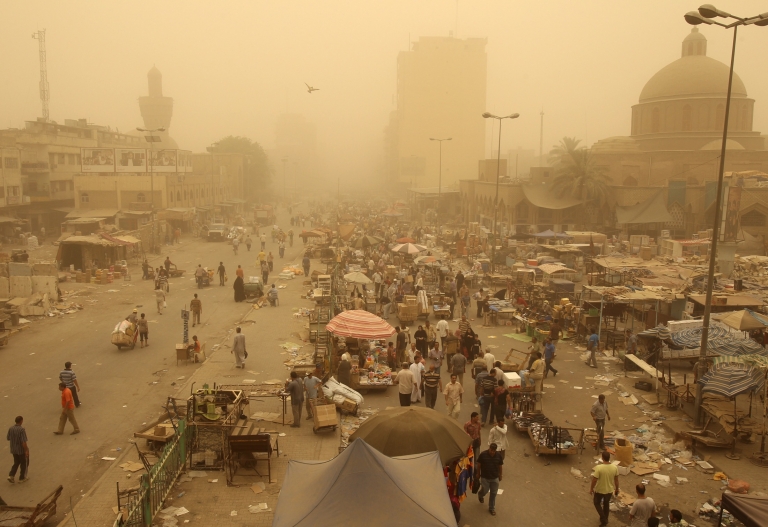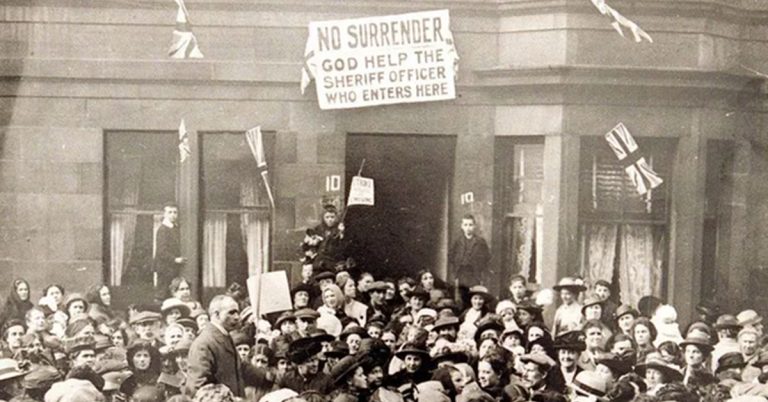
by Catherine Cobham and Fabio Caiani
23 March 2023 marked the twentieth anniversary of the attack on Iraq. Predictably, western mainstream media made little or no reference to contemporary Iraqi culture. Recently, however, there has been a growing interest in post-2003 Iraqi fiction in western academia, and to a lesser extent a desire among the general reading public to see how new generations of Iraqi writers reflect on their own predicament as refugees, or as witnesses to the disasters visited on their country from within and without. While this is one positive aspect of the renewed focus on Iraq by the West, it is crucial to understand that the new generations of writers did not start writing in a cultural vacuum.
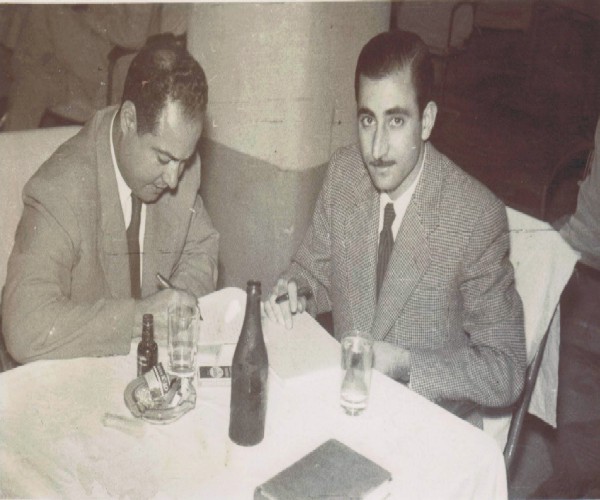
The often-forgotten ʿAbd al-Malik Nūrī (1921-1998), a protagonist of Baghdad’s vibrant literary café scene of the 1950s, played a key role in the early development of Iraqi fiction as he experimented with style and content, for example by daringly adopting stream-of-consciousness in a consistent and rigorous fashion. Members of Nūrī’s generation (the so-called ‘1950s Generation’) built on his early achievements with the short story genre, to write successful novels.
Al-Nakhla wa-l-jīrān (‘The Palm Tree and the Neighbours’) is widely considered to be the first great Iraqi novel. Published in 1966, the novel was written by Ghāʾib Ṭuʿma Farmān. A writer whose opposition to the regimes under the monarchy, and criticism of those of the subsequent republican era, forced him to move from exile to exile: Egypt, Syria, Romania, China and finally Russia. Farmān spent the last thirty years of his life in Moscow, ‘writing about the people of Iraq’, which, he once confided in an interview, was an activity he could not live without. Whereas al-Nakhla is often read in the Arab world as powerful, yet conventional, social criticism, it is actually an eclectic text that displays the author’s poetic evocation of space and an uncommon ear for the vernacular language of the street.
The novel is set in the popular quarter of al-Mrabbaʿa (‘the square’ – so called because of its shape) in central Baghdad, during WWII when Iraq was under the control of a foreign power, this time Britain. Farmān deals with the politics of the era, but does so with humour and vividness by focusing on marginalised, illiterate characters, with whom he empathises, without idealising them. The nexus between themes and style is key to understanding the protean nature of the text: we go from the social criticism of realism to the black-and-white aesthetics of a film noir, to the red-blood open-ended finale, which is reminiscent of hardboiled crime fiction.

Whereas al-Nakhla is the acclaimed true beginning of the Iraqi novel, al-Rajʿ al-baʿīd (1980; The Long Way Back) by Fuʾād al-Takarlī is the culmination of this phase of its development. The two texts have many features in common. For example, they share a similar polyphonic structure, vividly dramatize the issues of women living in a conservative, patriarchal society, use the colloquial Arabic of Baghdad in dialogues, and were both written outside Iraq. Unlike al-Nakhla, al-Takarlī’s novel has as main characters members of the educated middle-class who are disconnected from their own society. Displaying a sophisticated use of different narrative techniques, al-Takarlī dramatizes how these characters gain an understanding of their complex identity, which they are dismayed to realise is informed by the very social traditions they are trying to transcend.
Building on his initial collaboration with his friend and colleague Nūrī, al-Takarlī sustains compelling, wide-ranging fictional narratives that, while set in a well-defined Iraqi time and space, have a universal depth. The same can be said about Mahdī ʿĪsā al-Ṣaqr (1927-2006). As al-Ṣaqr only lived in Iraq (first in his native Basra, then in Baghdad), his work can also be read as an example of how a creative writer can address important questions while living under an authoritarian regime (that of Saddam Hussein’s Baath party in his case). This and other themes that al-Ṣaqr treated in original ways in his works (e.g. the birth of an extremist consciousness) are still painfully relevant in today’s Iraq.
Having read and analysed thousands of pages written by these Iraqi authors, the present writers note that not once do the adjectives ‘Shiite’ or ‘Sunni’ appear. This may be worth considering as we look afresh at Iraqi culture on the twentieth anniversary of the 2003 attack.
About the book
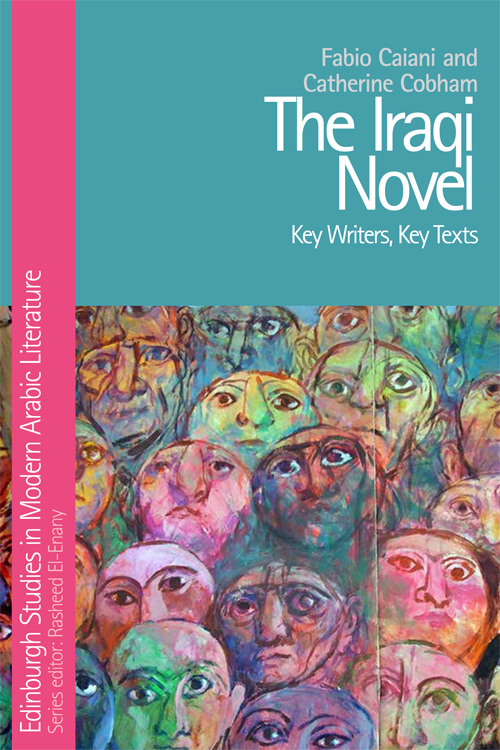 The Iraqi Novel book cover | Order your copy The Iraqi Novel: Key Writers, Key Texts by Fabio Caiani and Catherine Cobham Studies a neglected area of postcolonial fiction, fostering a better understanding of Iraqi culture and society |
About the authors

Fabio Caiani teaches Arabic in the Department of Arabic of the University of St Andrews. His research focuses on modern Arabic fiction. His publications (in either English or Italian) include the monograph Contemporary Arab Fiction: Innovation from Rama to Yalu (Routledge: 2007) on the Post-Mahfuzian novel, and studies of Yusuf Idris, Edwar al-Kharrat and Elias Khoury.
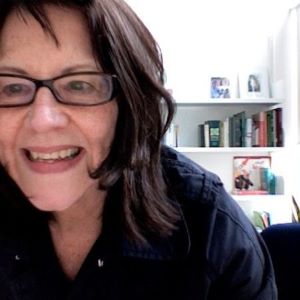
Catherine Cobham is a lecturer in Arabic language and literature at the University of St Andrews. She has published research on Yusuf Idris, Naguib Mahfouz, Edwar al-Kharrat, Abdelilah Hamdouchi and Hanan Al-Shaykh. She has also translated the works of Adonis, Naguib Mahfouz, Mahmoud Darwish, Hanan al-Shaykh and Fuad al-Takarli, amongst others.


